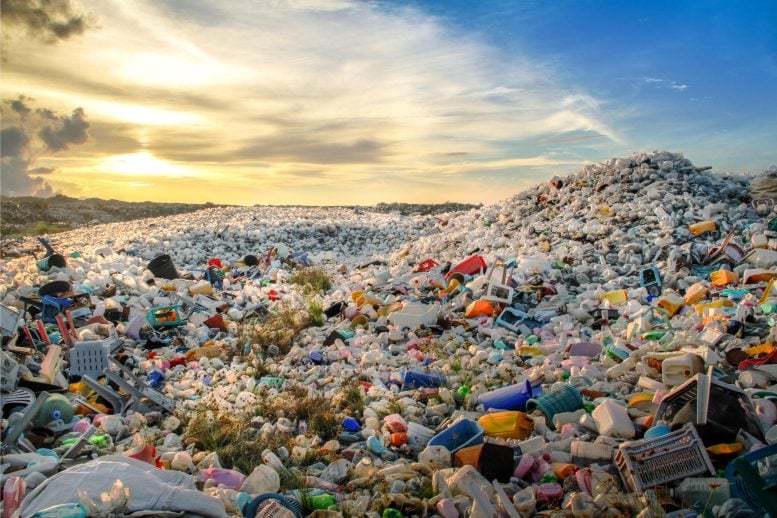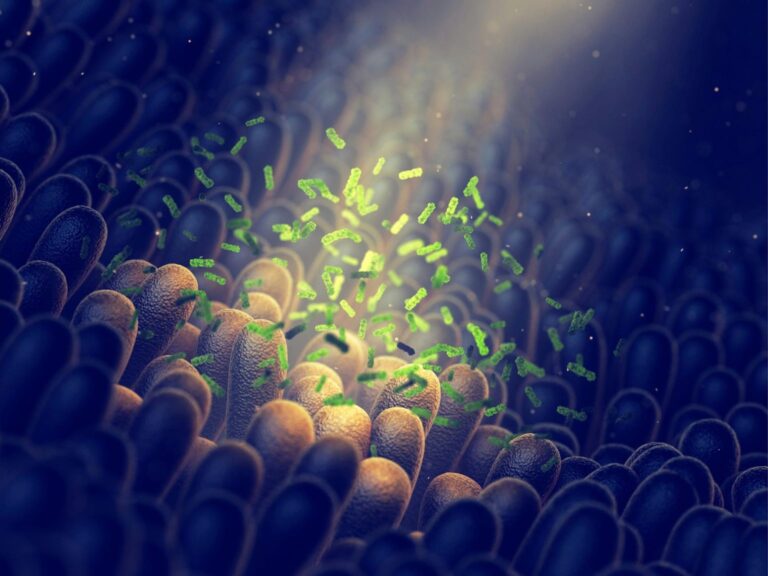Plastic pollution has long been one of the most pressing environmental crises of the modern era. From clogging waterways and harming marine life to infiltrating the food chain, the consequences of plastic waste are far-reaching. However, a groundbreaking innovation in catalyst technology is paving the way for a revolutionary solution: converting plastic waste into valuable fuels.
This advancement not only addresses the escalating plastic pollution problem but also presents an opportunity to reduce our dependence on fossil fuels. In this article, we explore how this transformative technology works, its environmental impact, and its potential to redefine the future of waste management.
The Problem: Plastic Pollution’s Devastating ImpactPlastic has become an integral part of modern life due to its versatility and low production cost. However, its durability makes it a long-lasting pollutant.
Over 300 million tons of plastic waste are produced globally each year, with only a small fraction being recycled. The rest ends up in landfills, oceans, and other ecosystems, where it takes hundreds of years to decompose.
The environmental toll is staggering:Marine animals mistake plastic for food, leading to starvation and death.Microplastics infiltrate soil and water, posing risks to human health.Landfills emit methane gas, contributing to global warming.The Catalyst Technology: Turning Trash Into TreasureA team of scientists has developed a cutting-edge catalyst technology that can convert plastic waste into valuable fuels such as diesel, gasoline, and jet fuel.
This technology uses chemical processes like pyrolysis, which involves breaking down plastic polymers into smaller hydrocarbons at high temperatures.What sets this technology apart is its efficiency and cost-effectiveness. Traditional recycling methods often struggle with mixed or contaminated plastics.
This new catalyst, however, can process a wide range of plastics, including those previously deemed non-recyclable.How It Works:
1. Collection and Sorting: Plastic waste is collected and sorted, with minimal preprocessing required.
2. Pyrolysis Process: The waste is heated in an oxygen-free environment, breaking it down into smaller hydrocarbon molecules.
3. Catalytic Conversion: The catalyst refines these molecules into high-quality fuels.
4. Final Product: The end result is a range of fuels that can power vehicles, machinery, and even planes.Environmental and Economic BenefitsThis revolutionary approach offers a dual benefit: tackling plastic pollution while providing a sustainable energy source.
Key advantages include:
Reduced Plastic Waste: Diverts non-recyclable plastics from landfills and oceans.Lower Greenhouse Gas Emissions: Produces cleaner fuels compared to traditional fossil fuels.
Economic Opportunities: Creates jobs in waste collection, processing, and fuel production.Future PotentialWhile the technology is still in its early stages, its scalability holds immense promise.
Governments and industries worldwide are showing interest in adopting this solution as part of their sustainability initiatives. If widely implemented, this innovation could significantly reduce the global plastic footprint and contribute to a greener future.

















+ There are no comments
Add yours